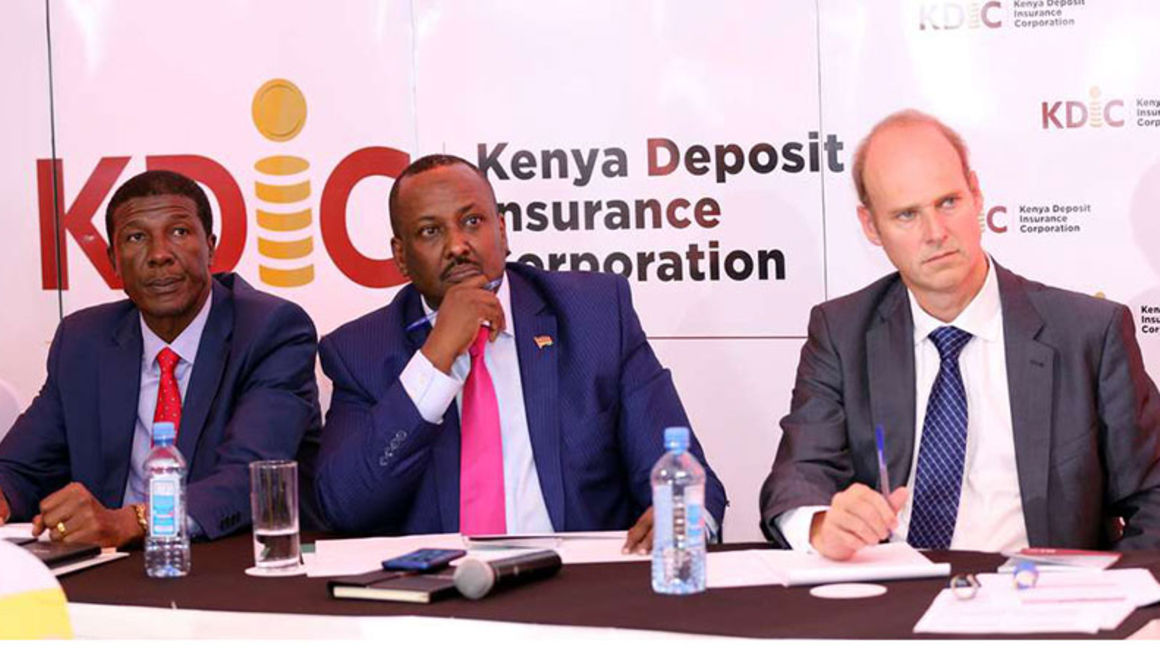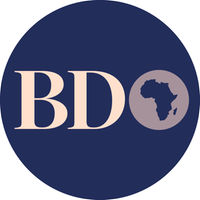
Treasury chief administrative secretary Nelson Gaichuhie (left) and Kenya Deposit Insurance Corporation CEO Mohamud Ahmed Mohamud on May 9, 2018 when they announced a risk model review. PHOTO | SALATON NJAU | NMG
Summary
- Kenya Deposit Insurance Corporation gave banks six extra months to pay premiums and deferred application of a new model that would see weak lenders pay more to insure deposits.
- The deposit insurance fund, run by KDIC, was created to compensate depositors of collapsed institutions and to boost confidence in the banking industry that had been rocked a by a series of bank failures in the 1980s and early 1990s.
Banks have been spared Sh5.5 billion insurance payments on customer deposits following a six-month extension period from August this year amid Covid-19 pandemic that has adversely affected the cash flow positions.
According to the National Treasury in a November Paper titled Post Covid-19 Economic Recovery Strategy 2020-2022 the Kenya Deposit Insurance Corporation (KDIC) gave banks six extra months to pay premiums and deferred application of a new model that would see weak lenders pay more to insure deposits.
KDIC’s risk-based assessment model that was scheduled to be rolled out in July 2020 would have seen banks pay higher premiums.
“KDIC extended the payment period of annual premiums (Sh5.5 billion) due in August 2020 for 6 months to give a breather to banks experiencing cash-flow disruptions. The stimulus is intended to give banks a one-year breather as they re-organise their business in response to the market shocks,” the Treasury paper said.
The deposit insurance fund, run by KDIC, was created to compensate depositors of collapsed institutions and to boost confidence in the banking industry that had been rocked a by a series of bank failures in the 1980s and early 1990s.
Currently, the fund is financed by member banks at a flat rate of 0.15 percent of the total deposits per annum.
However, KDIC in collaboration with Central Bank of Kenya (CBK) and the National Treasury agreed on a new payment model based on the risk-profiles of individual banks.
This means that high risk lenders — in terms of their liquidity positions, capital adequacy, asset quality and governance structures — would pay higher premium to the fund compared with their relatively stable counterparts.





No comments :
Post a Comment